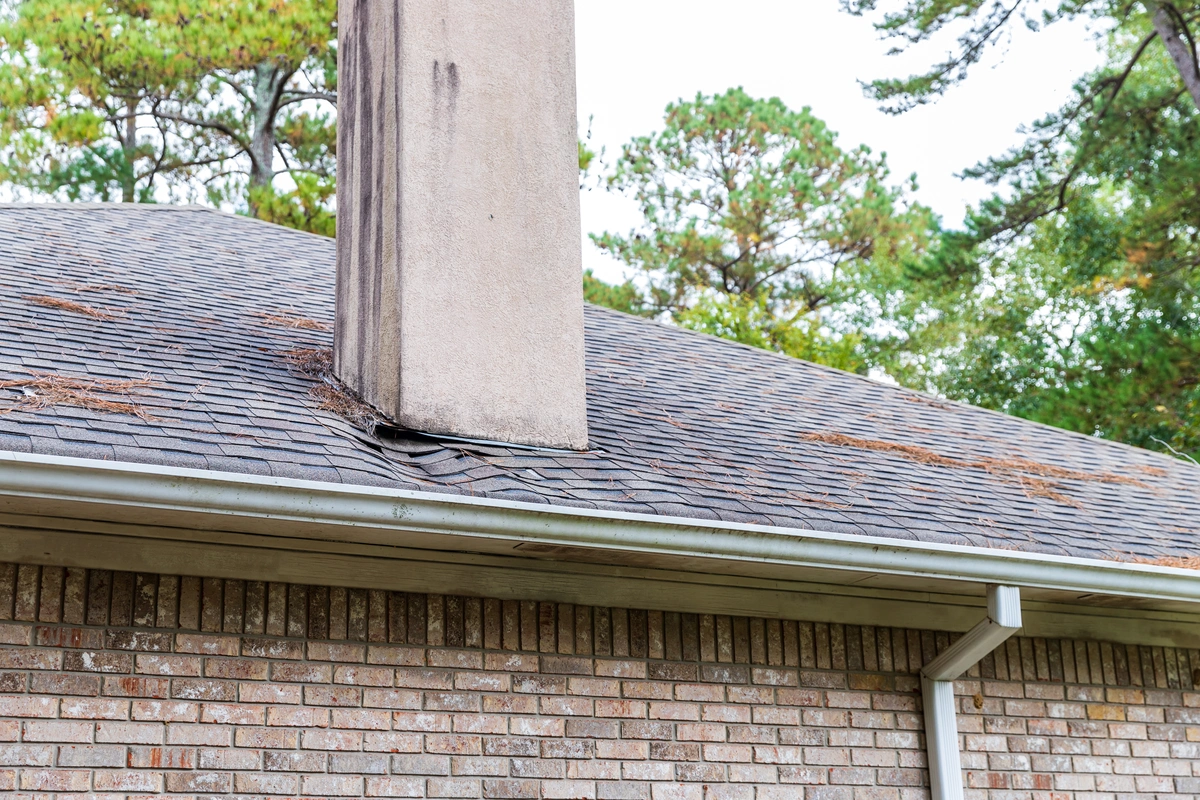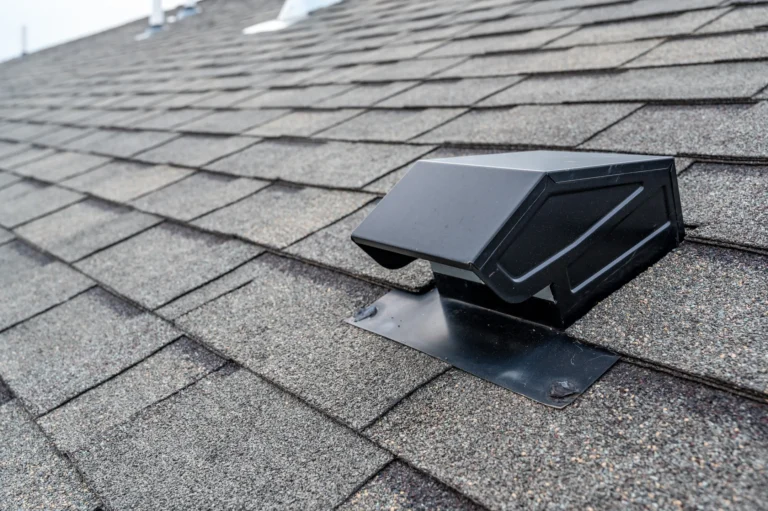
Blog
How to Find a Roof Leak: Tips and Tricks
A leaking roof can be a homeowner’s worst nightmare. Not only does it pose a threat to the structural integrity of your home, but it can also lead to costly repairs if left unattended. However, the good news is that locating a roof leak is not an insurmountable task.
In this detailed guide, we will walk you through:
- The signs that indicate a roof leak
- How to find a roof leak
- The essential steps to take once you find a roof leak
- What you can expect in terms of roof leak repair costs
Signs that You Have a Roof Leak

Before you can locate a roof leak, you need to be aware of the signs that suggest you may have one. Recognizing these signs early can help you take prompt action to prevent further damage. Here are some common indicators:
- Water Stains on Ceilings and Walls: One of the most apparent signs of a roof leak is water stains or discoloration on your ceilings and walls. These stains typically appear as brown or yellowish marks and may grow in size over time.
- Dripping Water: If you notice water dripping from your ceiling during or after rainfall, it’s a clear sign that you have a roof leak. Follow the source of the drip to pinpoint the area of the leak.
- Mold and Mildew Growth: Excess moisture from a roof leak can promote the growth of mold and mildew on your walls, ceilings, and even in your attic. If you detect a musty odor or see mold, it’s a sign of water intrusion.
- Damaged Shingles or Roofing Material: Visually inspect your roof for missing, damaged, or displaced shingles or roofing material. Any gaps or breaches in your roof’s surface can be potential entry points for water.
- Peeling Paint or Wallpaper: Moisture can cause paint and wallpaper to peel or blister. Check for these signs around your ceilings and walls, especially near the suspected leak.
- Sagging or Warped Ceiling: A ceiling that appears to be sagging or warped may be holding excess water from a roof leak. This is a severe sign that requires immediate attention.
How to Locate a Roof Leak: 7 Steps
Once you’ve identified the signs of a roof leak, it’s time to pinpoint the exact location of the leak. Here’s a step-by-step guide on how to do it:
1) Safety First
Before you start, ensure your safety by using proper equipment such as a sturdy ladder, safety harness, and non-slip shoes. Always exercise caution when working on your roof.
2) Investigate the Attic
Start your search from the attic if you have one. Bring a flashlight and carefully inspect the attic for signs of water intrusion. Look for water stains, damp insulation, or any visible signs of leakage.
3) Trace the Path
Follow the path of any water stains or drips you observed inside your home. Keep in mind that water can travel along beams or other structures before dripping down, so the actual leak may not be directly above the visible signs inside.
4) Check Roof Penetrations
Roof penetrations such as vents, chimneys, skylights, and plumbing vent pipes are common areas for leaks to occur. Inspect these areas for damaged flashing, cracked seals, or gaps.
5) Inspect Roof Valleys
Roof valleys, where two roof slopes meet, are susceptible to leaks. Check for missing or damaged shingles in these areas.
6) Look for Damaged Shingles
If your roof has shingles, inspect them for damage or missing pieces. Damaged shingles can allow water to penetrate.
7) Use a Hose Test
If you’re unable to locate the leak visually, you can perform a hose test. Have a helper on the roof while you stay inside. Use a hose to saturate different areas of the roof, starting low and working your way up. Your helper should alert you when they see water entering the roof, allowing you to pinpoint the leak’s location.
Steps to Take Once You Find a Roof Leak

Once you’ve identified the source of the roof leak, it’s crucial to take immediate action to prevent further damage and initiate the repair process. Here are the steps to follow:
Temporary Patch
If you can safely access the roof and the weather allows, consider applying a temporary patch to the leak using roofing cement or a roofing patch kit. This will help minimize further water intrusion until you can arrange for a permanent repair.
Document the Damage
Take photos or videos of the leak and any related damage. These records may be useful for insurance claims or when hiring a professional roofer.
Call a Professional Roofer
Roof repairs can be complex and dangerous, so it’s often best to leave them to the experts. Contact a licensed and experienced roofing contractor to assess the extent of the damage and provide an estimate for repairs.
Insurance Claims
If the damage is extensive, you may need to file a claim with your homeowner’s insurance provider. Provide them with all the necessary documentation and cooperate with their adjuster during the assessment process.
Preventive Measures
After the roof leak is repaired, take preventive measures to avoid future leaks. Regularly inspect your roof, clean gutters, and trim overhanging branches to prevent debris buildup and potential damage.
The Cost of Roof Leak Repairs
Roof leak repair costs can vary widely depending on several factors, including the extent of the damage, the type of roofing material, and your location. Here’s a rough estimate of what you can expect:
- Temporary Patch: A DIY temporary patch using roofing cement or patch kits can cost anywhere from $10 to $50, depending on the materials used.
- Professional Repairs: Hiring a professional roofer to repair a roof leak can range from $150 to $1,500 or more, depending on the complexity of the repair and the size of the affected area. Extensive damage may require a full roof replacement, which can cost several thousand dollars.
- Insurance Deductible: If you file an insurance claim, you’ll typically be responsible for paying the deductible, which can range from $500 to $2,500 or more, depending on your policy.
- Additional Costs: Keep in mind that there may be additional costs for any interior repairs needed, such as replacing damaged drywall or insulation. Mold remediation, if required, can also add to the overall cost.
Get Rid Of Your Leaky Roof
Locating a roof leak is a crucial first step in addressing a potentially costly problem. In the long run, investing in proper roof maintenance and timely repairs will help safeguard your home from the effects of roof leaks.
Need help with your roof repair? Contact Avenue Roofing today to set up your appointment!



